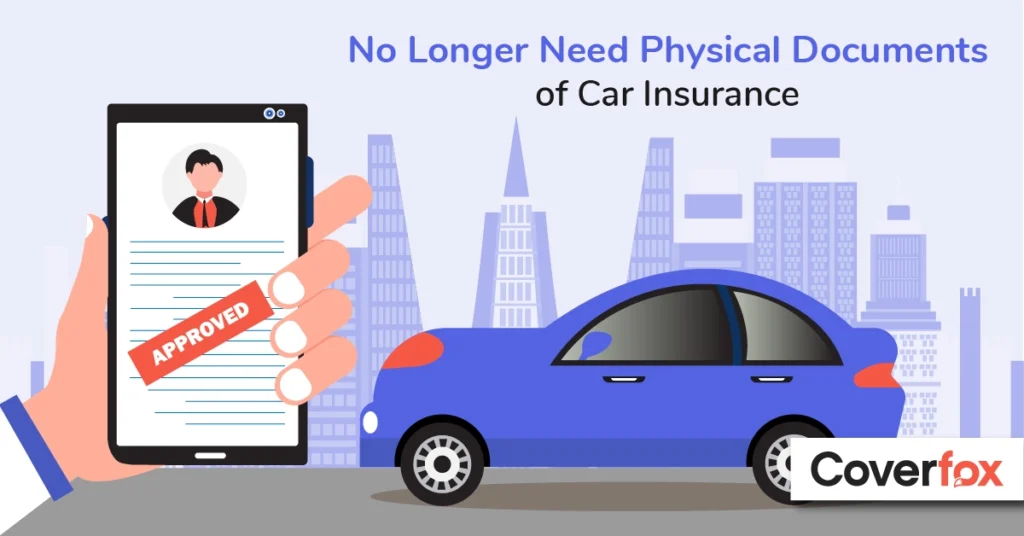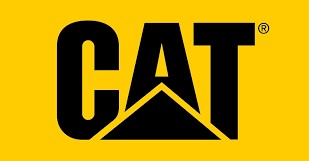A Comprehensive Guide to Car Insurance in the USA
Car insurance is a vital part of owning and operating a vehicle in the United States. It offers financial protection against physical damage or bodily injury resulting from traffic collisions and against liability that could also arise from incidents in a vehicle. The variety of car insurance types available can be overwhelming, so understanding the different options is essential for making informed decisions. This article explores the primary types of car insurance available in the USA, highlighting their benefits, requirements, and considerations.
1. Liability Insurance
Liability insurance is mandatory in most states. It covers the costs associated with injuries, death, or property damage caused by the policyholder to another party. There are two main components of liability insurance:
- Bodily Injury Liability (BIL): Covers medical expenses, lost wages, and legal fees if the policyholder is at fault in an accident that results in injury or death to others.
- Property Damage Liability (PDL): Covers the repair or replacement costs of another person’s property damaged by the policyholder’s vehicle.
Considerations:
- Minimum coverage amounts vary by state.
- Higher coverage limits can provide better financial protection.
2. Collision Insurance
Collision insurance covers the cost of repairing or replacing the policyholder’s vehicle in the event of an accident, regardless of who is at fault. This type of coverage is particularly beneficial for newer or more valuable vehicles.

Benefits:
- Covers repair or replacement costs after an accident.
- Provides peace of mind for vehicle owners.
Considerations:
- Usually requires a deductible (the amount the policyholder must pay out-of-pocket before the insurance kicks in).
- May be required if the vehicle is financed or leased.
3. Comprehensive Insurance
Comprehensive insurance covers damage to the policyholder’s vehicle from non-collision-related incidents, such as theft, vandalism, natural disasters, and hitting an animal.
Benefits:
- Protects against a wide range of potential damages.
- Often required by lenders for financed vehicles.
Considerations:
- Also requires a deductible.
- Premiums can be higher than for liability-only policies.
4. Personal Injury Protection (PIP)
Personal Injury Protection, also known as no-fault insurance, covers medical expenses and lost wages for the policyholder and their passengers, regardless of who is at fault in an accident. PIP is mandatory in some states and optional in others.
Benefits:
- Provides coverage for medical bills, rehabilitation costs, and sometimes even funeral expenses.
- Ensures quicker payouts for medical expenses without waiting to determine fault.
Considerations:
- Coverage limits vary by state.
- May overlap with health insurance coverage.
5. Uninsured/Underinsured Motorist Coverage
This type of insurance protects the policyholder if they are involved in an accident with a driver who either has no insurance or insufficient coverage to pay for the damages and injuries they cause.
Benefits:
- Provides coverage for medical expenses and vehicle repairs if the at-fault driver lacks adequate insurance.
- Offers peace of mind in areas with a high rate of uninsured drivers.
Considerations:
- Coverage limits should be carefully considered to ensure adequate protection.
6. Medical Payments Coverage (MedPay)
Medical Payments Coverage, or MedPay, covers medical expenses for the policyholder and their passengers, regardless of fault. It is similar to PIP but typically offers less comprehensive coverage.
Benefits:
- Covers medical costs from an accident, including hospital visits, surgery, and doctor visits.
- Works in tandem with health insurance to cover deductibles and co-pays.
Considerations:
- May have lower coverage limits than PIP.
- Not available in all states.
7. Gap Insurance
Gap insurance is designed for those who have financed or leased their vehicle. It covers the difference between the vehicle’s actual cash value and the amount still owed on the loan or lease if the vehicle is totaled or stolen.
Benefits:
- Protects against financial loss if the vehicle’s value is less than the amount owed.
- Particularly useful for new cars that depreciate quickly.
Considerations:
- Typically required for leased vehicles.
- Can be more expensive when purchased through a dealership compared to an insurance provider.
8. Rental Reimbursement Coverage
Rental reimbursement coverage pays for a rental car if the policyholder’s vehicle is being repaired due to a covered loss. This type of coverage ensures the policyholder has transportation while their car is in the shop.
Benefits:
- Provides a rental vehicle during repairs.
- Eliminates the need to pay out-of-pocket for a rental car.
Considerations:
- Coverage limits apply, typically on a per-day and per-incident basis.
- May not cover luxury or specialty rental cars.
9. Roadside Assistance Coverage
Roadside assistance coverage offers services like towing, tire changes, jump-starts, lockout assistance, and fuel delivery if the policyholder’s vehicle breaks down.
Benefits:
- Provides peace of mind knowing help is available in case of a breakdown.
- Often includes a range of services beyond towing.
Considerations:
- Coverage limits may apply to the number of service calls or distance towed.
- May overlap with auto club memberships or manufacturer warranties.
Choosing the Right Coverage
Selecting the appropriate car insurance involves assessing personal needs, vehicle value, and financial situation. Here are some tips for choosing the right coverage:
- Evaluate State Requirements: Each state has different minimum coverage requirements. Ensure compliance with local laws.
- Assess Vehicle Value: Consider the car’s age, make, and model. Newer, more expensive cars may require more comprehensive coverage.
- Consider Personal Circumstances: Take into account your financial situation, driving habits, and health insurance coverage.
- Compare Quotes: Shop around for the best rates and coverage options. Use online comparison tools and consult with insurance agents.
- Review Coverage Limits: Ensure the policy provides adequate protection without over-insuring, which can lead to higher premiums.
Conclusion
Car insurance is a crucial aspect of vehicle ownership in the USA, providing financial protection and peace of mind. Understanding the various types of coverage, from liability to comprehensive insurance, helps drivers make informed decisions based on their needs and circumstances. By evaluating personal requirements and comparing options, drivers can secure the best possible coverage to safeguard their finances and well-being on the road.
